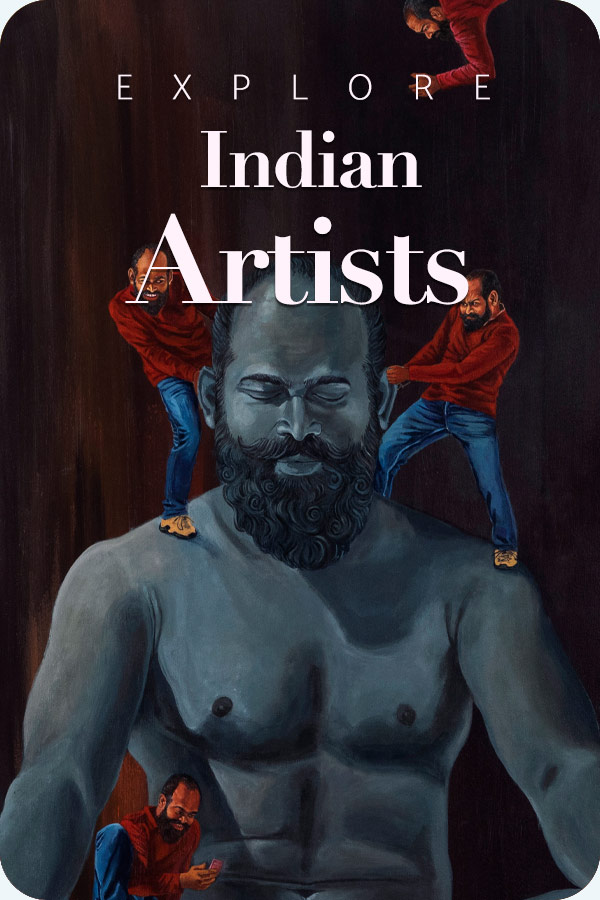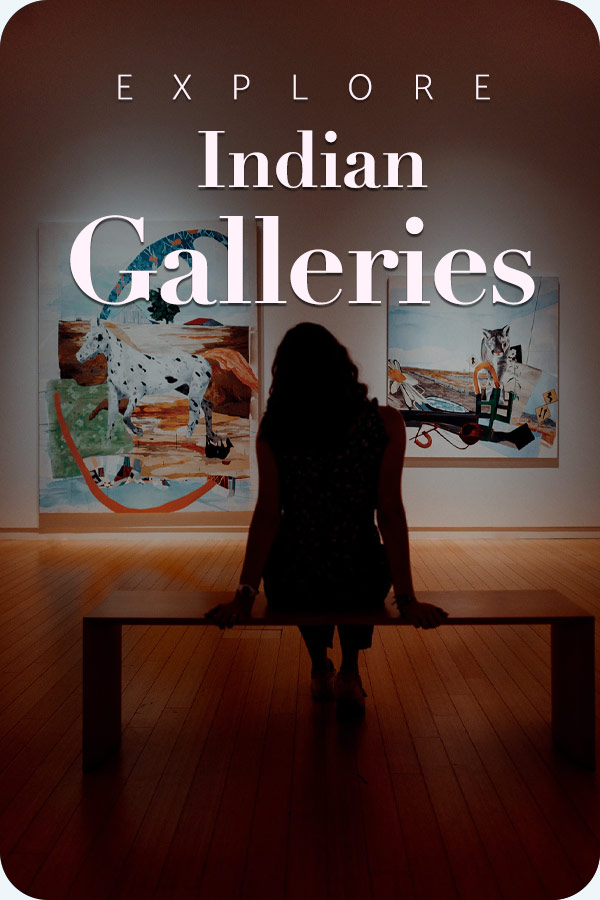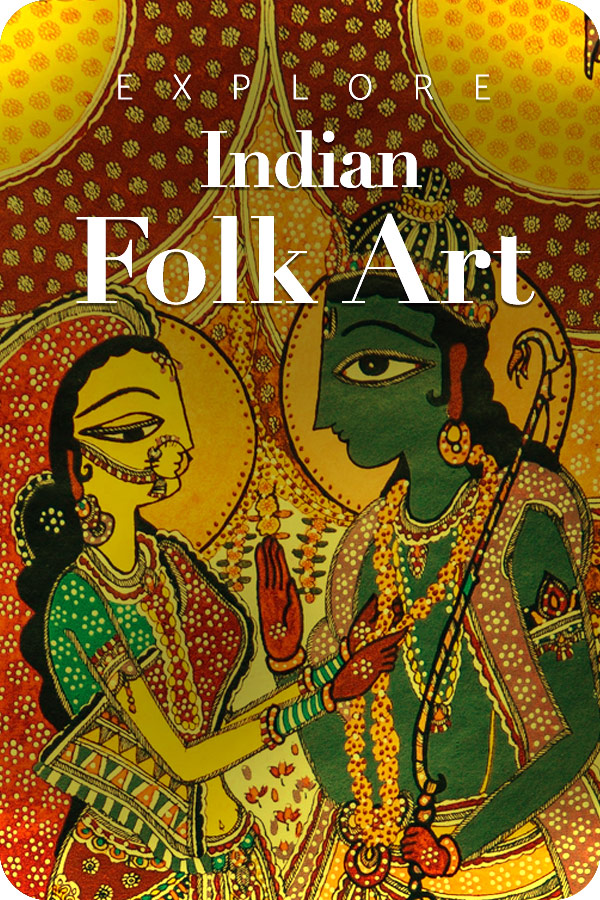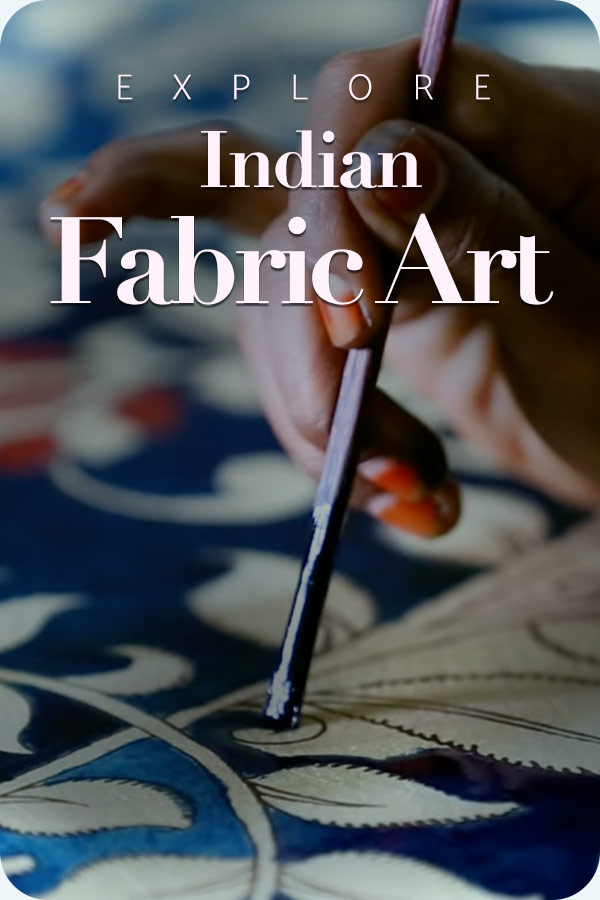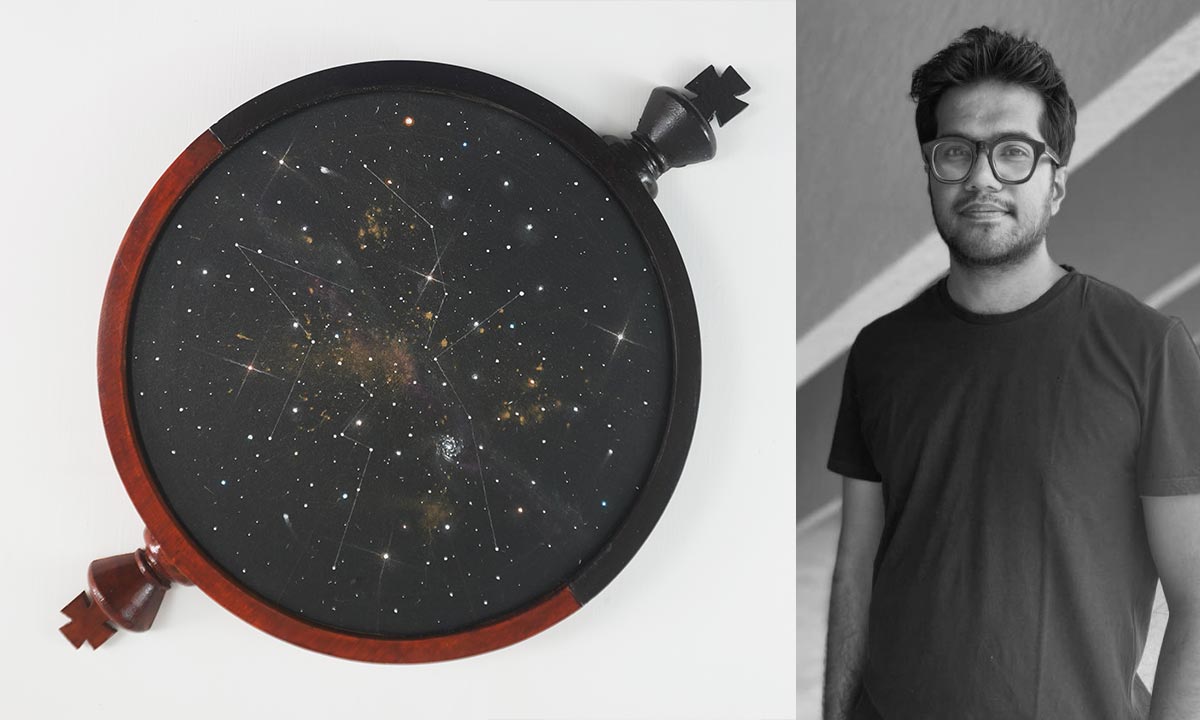
If you think art is just pretty pictures on a wall, you haven’t seen the work of Arvind Sundar. This Coimbatore artist is about to make your brain work overtime. His new show, “Cosmos II – Chasing Infinity,” is not just an exhibition. It is a massive, philosophical dare. Arvind took the simplest, most familiar surface, a chessboard, and said, “This is actually the entire universe.”
We recently got the chance to talk with Arvind about this mind-bending concept and his work. Before the full interview comes out, we are giving you a sneak peek into the show that will make you look at a simple game of chess differently forever.
The show runs from October 31st to November 27th, with the opening happening on October 31st at 6 PM. Get ready to have your view of logic, mythology, and art completely turned upside down.
The World in 64 Squares
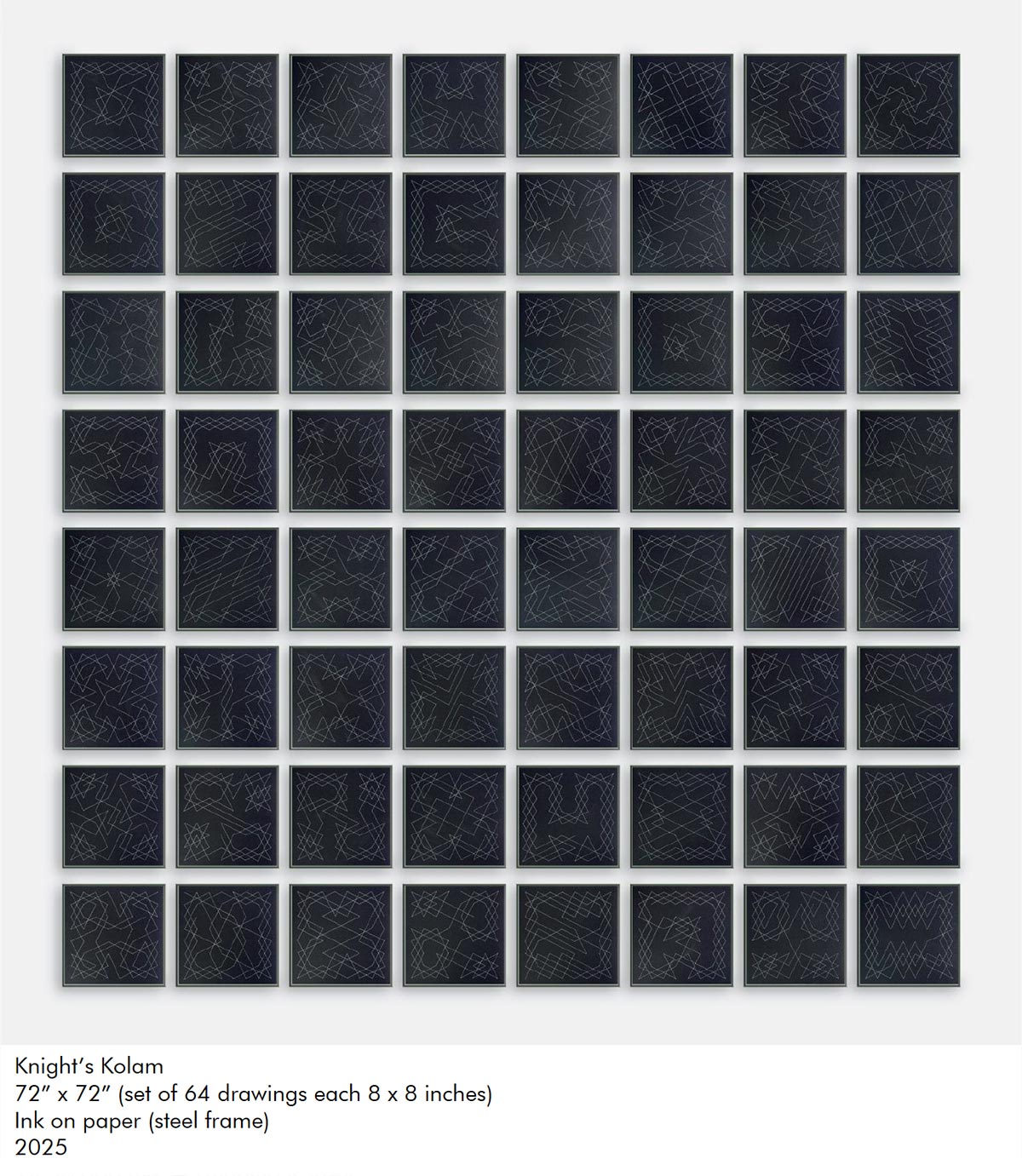
Why does a talented artist with a top-notch background choose something as simple as a chessboard? Because it is not simple at all, according to Arvind.
The chessboard is a grid. It stands for order, rules, and calculation. It is a perfect symbol for the cosmic order, the rules that hold the stars and galaxies in place. But within those 64 squares, the possibilities for moves are near-infinite. That tension, the small, defined space holding an endless world, is the central idea of the show.
Arvind sees the board as a microcosm, a tiny model of the ever-expanding universe. His art encourages us to stop and think about the great mysteries of existence, but he uses a language that feels comfortable and easy to grasp. As the writer Sandesh Awdan notes, Arvind wants to start a conversation about cosmology because its laws shape our daily lives just as much as politics and money do.
This show is a daring attempt to prove that logic and imagination are not two different things. They are the twin forces that define both great art and existence itself.
Mixing Math and Myth
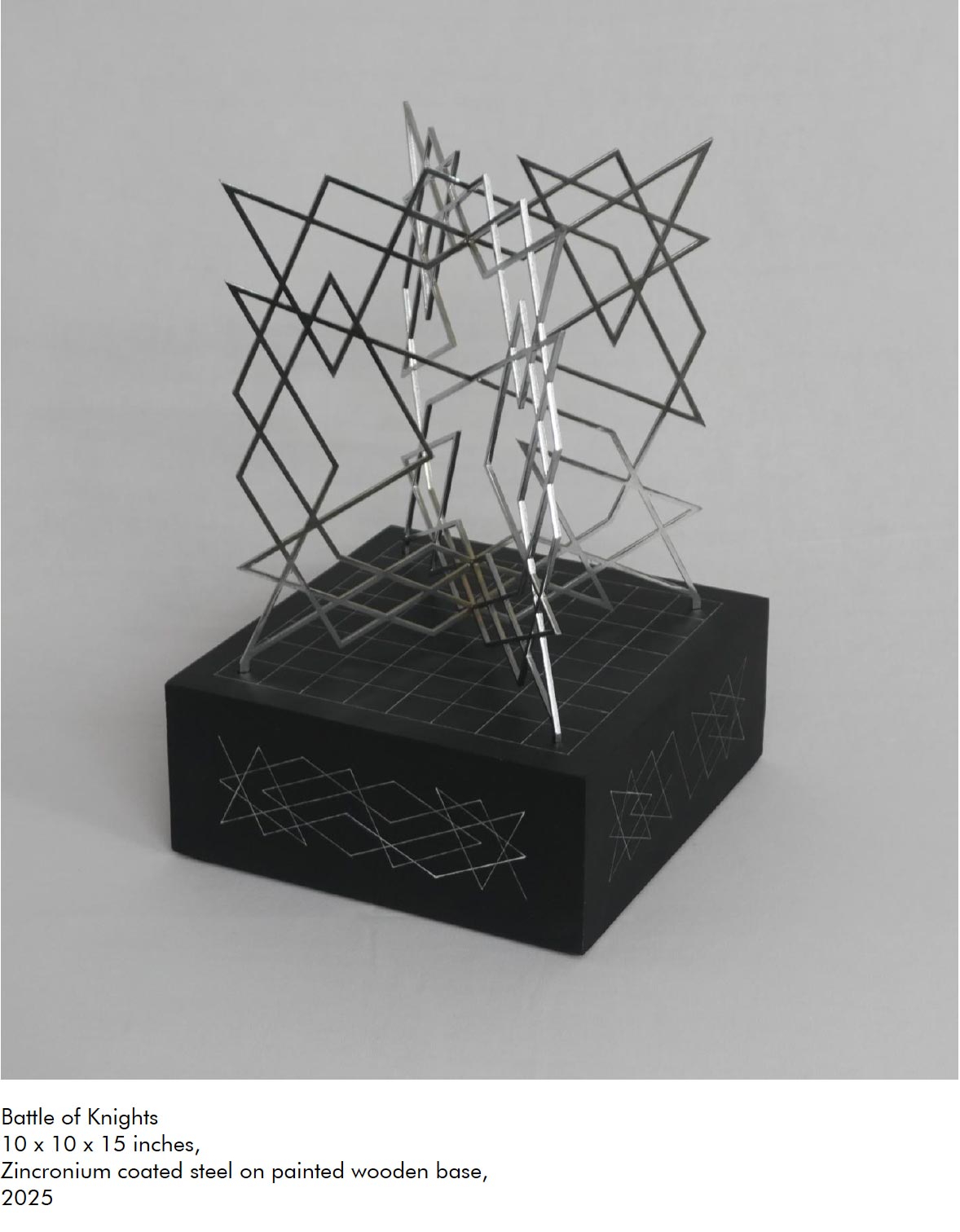
Arvind’s work is unique because he takes two things that seem like enemies and makes them work together: mathematics and mythology.
- Mathematics is the science part. It is our way of trying to measure the unmeasurable, to understand the huge numbers of the universe through logic and geometry. In the art, geometry is the skeleton, the exact lines and patterns that provide structure.
- The Mythology is the story part. It is how humans give emotional meaning to the universe, using gods, symbols, and old tales.
In Cosmos II, these two languages merge. The artist shows us that whether we are using an equation or telling a story about the gods, we are all chasing the same thing: to understand what lies beyond what we can see. Both math and myth are products of the same human quest.
Duality and Near-Infinity Made Real
Arvind’s pieces are not just paintings; they are sculptural thoughts. He uses materials like gold dust, marble, neem timber, and steel to make these huge, abstract ideas feel real and tangible.
Duality of the Kings and the Pawns
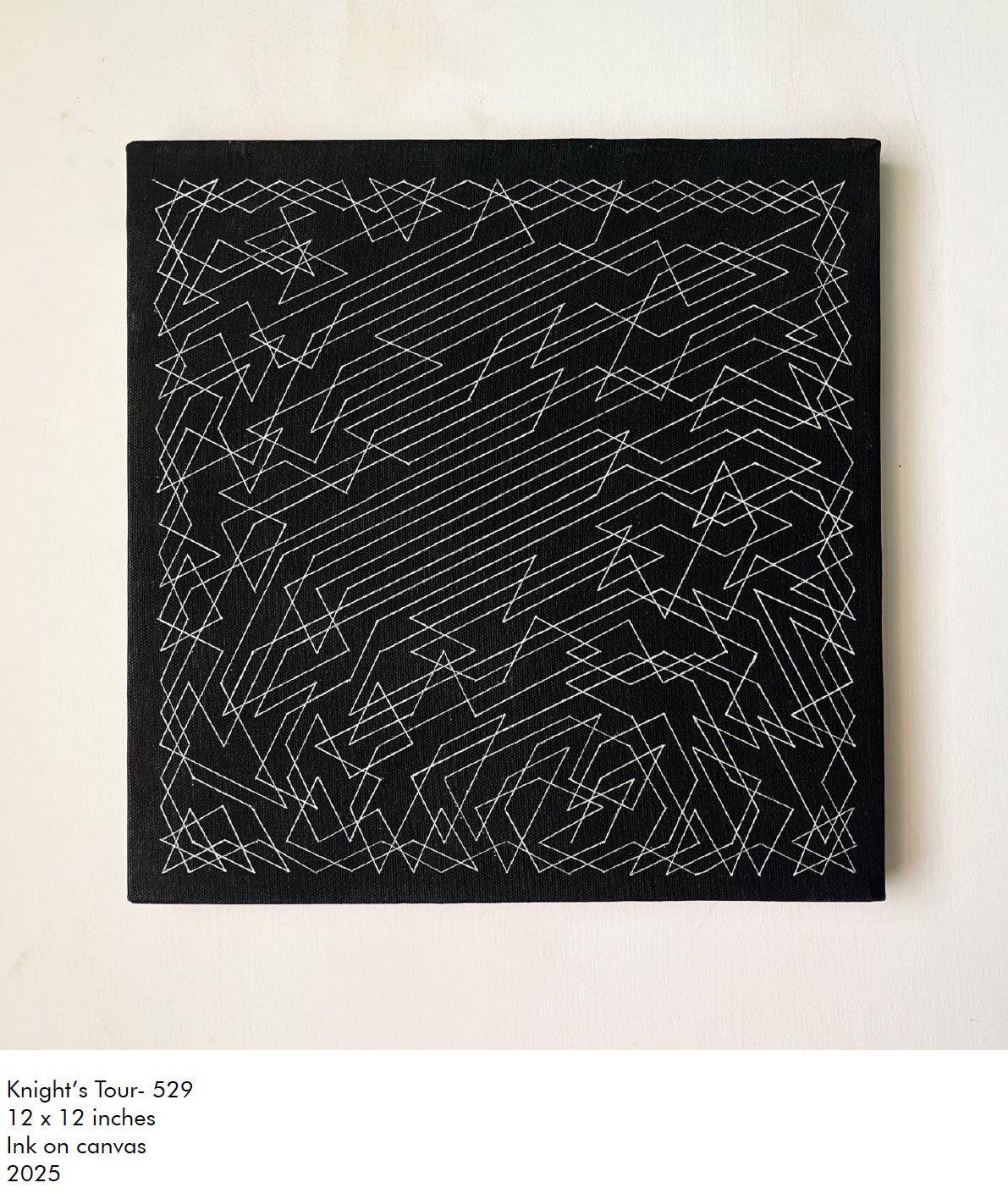
The concept of duality, the push and pull of two opposite forces, is everywhere in this exhibition.
- Cosmic Moves (1, 2, 3): In these striking circular pieces (ranging from 1 foot to 3 feet in diameter, the two Kings become the perfect metaphor for the forces of duality that animate the universe. Without the dynamic interplay of the two principal opponents, the cosmos, just like the game, would stop.
- Peedam: This artwork turns the chessboard into an altar. Here, the focus is on the Pawn. The Pawn embodies the tension of the cosmos better than any other piece. It is the weakest piece, but in the right circumstances, it is also the strongest, capable of becoming a Queen. This shows how life and death, position and movement are constantly at play.
The Near-Infinite in a Grain of Rice
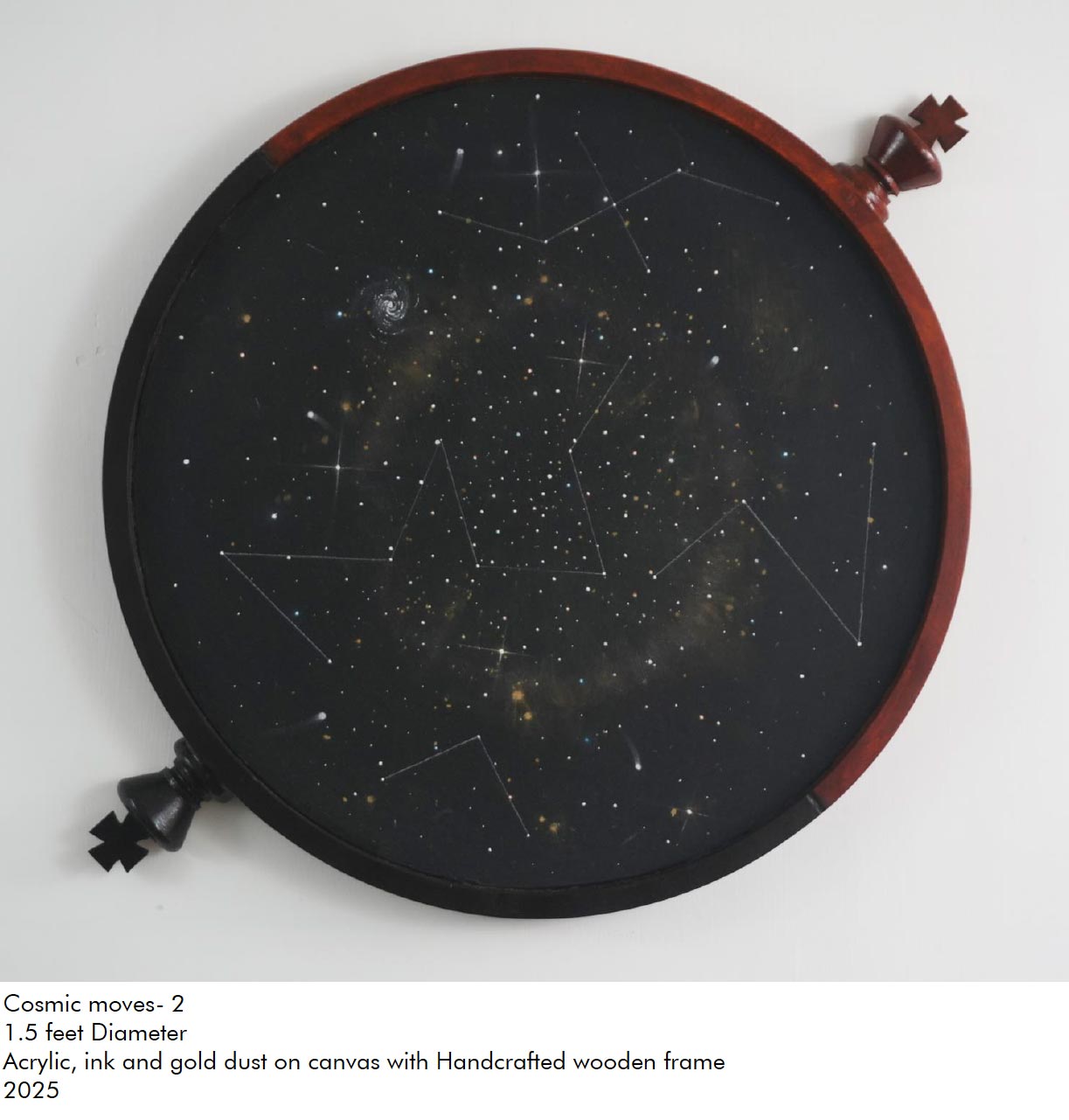
Perhaps the most famous story connected to chess, often cited in Indian mythology, is the rice story. This is the idea that if you put one grain of rice on the first square of a chessboard, then double it for every square after that, you end up with a number of grains so massive it exceeds all the rice on Earth.
Arvind translated this amazing tale into the sculpture “Arthanareeshwara’s Game” (made from Neem Timber and brass. The sculpture visually shows this exponential growth. At the very peak of this rising geometric rhythm, he placed Ardhanārīśvara, the union of Shiva (the nominal cause) and Shakti (the primal force). This unity of King and Queen is what creates all the possibilities in the entire near-infinite world.
The Knight’s Poetry
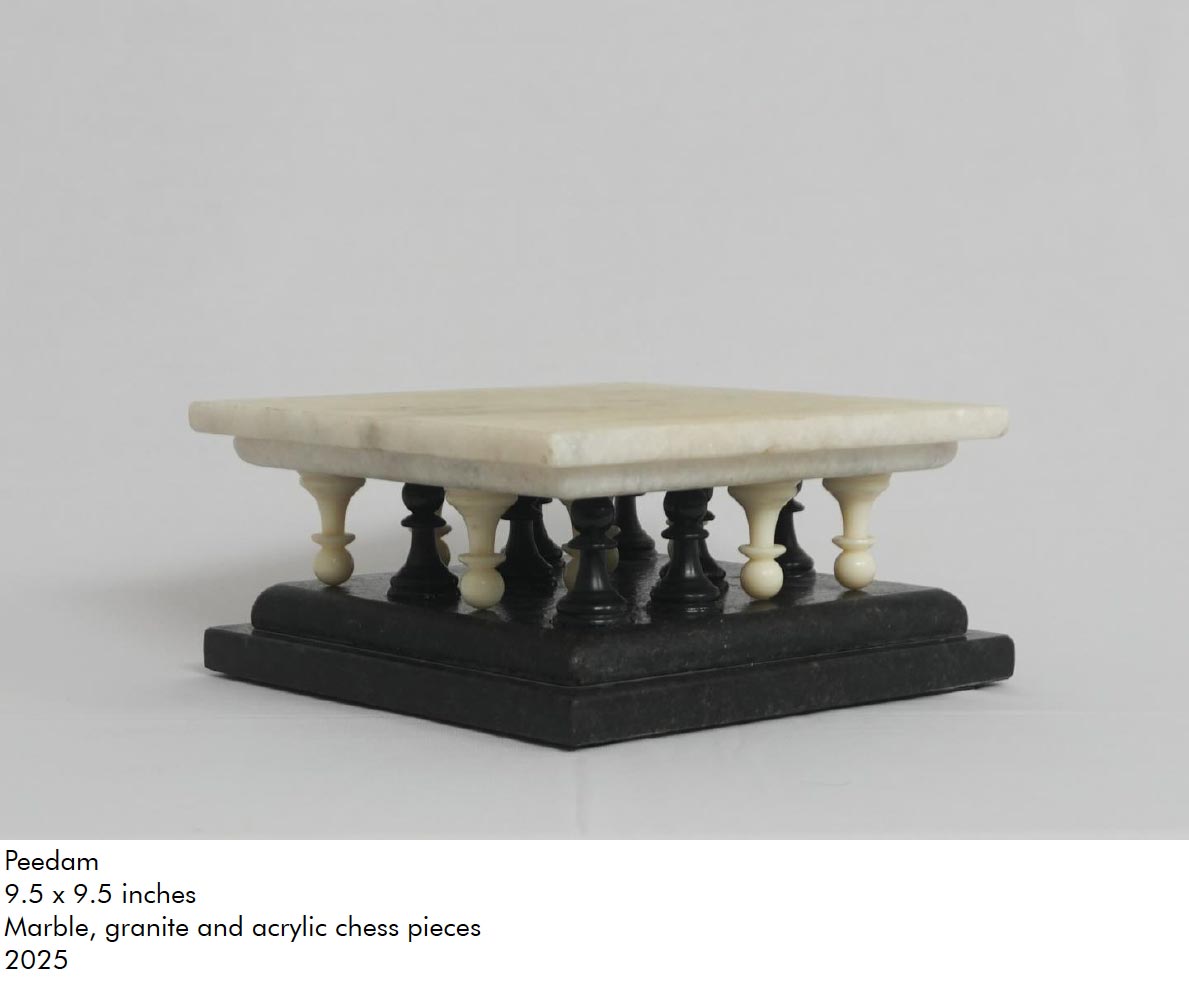
The Knight is the rogue piece. It does not follow the straight lines of the King or Queen. It dances in an ‘L’ shape, moving where reason does not expect it to go. This makes it a perfect symbol for creativity and intuition.
The enormous piece, “Knight’s Kolam” (a set of 64 drawings), celebrates this movement. The artwork is a single path drawn by a Knight, but it represents the trillions of unique paths a Knight can take across the board. The artist shows us how, even inside a strict boundary, individuality and near-infinite possibilities thrive.
The Man Behind the Grid: Arvind Sundar’s Journey

Arvind Sundar (born 1993) is rooted in the language of geometry and mathematical systems. He has a serious pedigree that backs up the intellectual ambition of his art.
He received his MFA degree (Master of Fine Arts) in painting and drawing from the University of Cincinnati’s School of Art, USA, in 2018, where he was awarded the Best graduating student of the year. He also trained at the School of the Art Institute of Chicago and received the prestigious Wolstein travel fellowship, allowing him to study Renaissance art in Italy.
Arvind has been very busy. He has participated in over fifty exhibitions, showing his work globally, from the Contemporary Art Centre (CAC) in Cincinnati to Art Dubai and the Busan Art Fair. He was recently an artist-in-residence at Hampi Art Labs and has had two major solo shows in Mumbai: Blueprints for Impossible Structures (2023) and Cosmos (2024).
He is now taking his strong practice in geometry and adding a new layer: mythology. This combination allows him to look at the minimal space of the chessboard and see the entire vast cosmos.
Exhibition Details
| Exhibition | Details |
|---|---|
| Title | Cosmos II – Chasing Infinity |
| Artist | Arvind Sundar (Coimbatore) |
| Venue | Anupa Mehta Contemporary Art, Mumbai |
| Opening Event | 6:00 PM, Thursday, 31st October 2025 |
| Exhibition Duration | October 31 – November 27, 2025 |
Chasing the Mystery
Arvind Sundar’s Cosmos II – Chasing Infinity is not art you just look at; it is art that forces you to think and engage in a dialogue about the mysteries of the cosmos. He is not interested in who wins the game. He wants us to play a different game, one where we unravel the mystery of existence. He is showing us that structure and creativity are not separate. The tension between the finite (the board) and the near-infinite (the possibilities) is what keeps us human, drives us to chase, and keeps us wondering.
Go see the show at Anupa Mehta Contemporary Art, Mumbai, from October 31st to November 27th. The full interview with Arvind Sundar, where he talks more about his work and the huge ideas behind it, will be coming soon!


